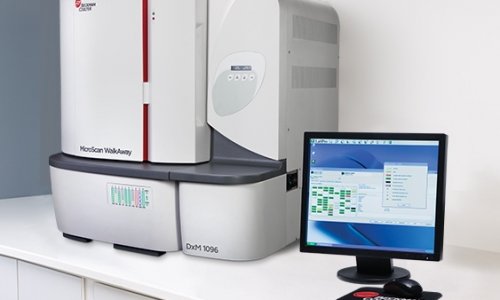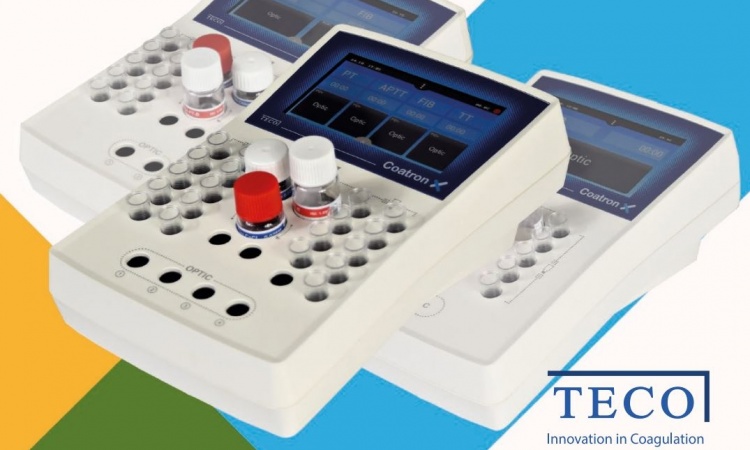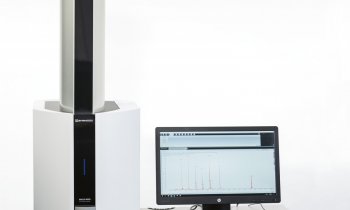IVD regulations
'We will need a lot more regulators'
The proposed EU draft IVD regulation looks set to have major implications for IVD manufacturers and laboratory-developed tests (LDTs). Replacing a current system that is inflexible, unresponsive and does not effectively protect patients, the new regulation will apply directly to all 28 EU countries and govern the manufacture and marketing of in vitro diagnostic devices (IVDs).

Speaking ahead of the Advanced Diagnostics for Infectious Disease Conference in Lisbon, Portugal (April 15-16 April), Dr David Barton said the purpose of the new regulation would not only be to ensure that IVDs are safe and effective, but also to create a single market throughout the European Union so that devices ‘approved according to the rules and the regulation in one European country can be sold in all European countries’.
However, Dr Barton, who is Chief Scientist at the National Centre for Medical Genetics in Ireland, warned that at the present stage it remained unclear when the new regulations will be in place, because there are on-going negotiations between governments and the European Parliament. However, once they are complete, it could be a further four years before the directive is fully implemented.
Dr Barton presented the conference with an update and analysis of the pending regulations, which will be based on a framework proposed by The Global Harmonisation Task Force (GHTF), a forum of industry and direct national regulators. ‘Under this framework,’ he said, ‘each IVD would be placed into a risk class from A-D with D being the highest risk class and A being the lowest, depending on the intended use of the device.’
Challenges
Dr Barton explained that challenges might arise over the regulatory rollout in Europe; it sees a move from ‘very light touch regulation to a much more structured and hands-on form of regulation’. ‘Compliance with that will be a big burden for industry and also a big burden for the regulatory side,’ he added. ‘We’re going to need a lot more regulators and they’re going to need a lot more skills to carry out the new tasks they’ve been given.’
There are potential advantages of the new regulations, particularly for patients. Dr Barton: ‘Light touch regulation in an industry that does commercial IVD production is probably not in the best interest of patients. Clearly, just as with medicines, you want to make sure that your diagnostic devices are working well in order to protect the safety of patients. From that point of view, more regulation should make things safer. We should also have a database of all approved IVDs, whether they are lab-developed tests or commercially approved IVDs.’
There will be more transparency, akin to the USA’s system, he added, although there is no direct link between Europe and the US in this respect, as they are different jurisdictions, but there are interesting parallels. In both cases the professional associations are making strong arguments for the continuation of the exemption of laboratory-developed tests, built in to the current European legislation.
As to how IVD manufacturers and clinical labs might prepare for the coming changes, Dr Barton concluded: ‘We’re hoping that, if the exemption for LDTs remains and is extended to all classes of device, the clinical labs won’t actually have to do very much. There will be recording of which LDTs are in use and reporting of adverse events and that’s quite proper.’
For industry, he foresees extra work and additional layers of regulation, inspection of their facilities, compliance, and production of clinical evidence in moving ‘from a very light touch regulation to regulation that’s more aligned with global norms’.
European Hospital has already reported on the consequences of the new EU draft IVD regulation.
PROFILE:
David Barton is Chief Scientist (Director) of the Molecular Genetics Laboratory at the National Centre for Medical Genetics in Dublin, Ireland, and Adjunct Associate Professor at University College Dublin. He trained in Trinity College, Dublin, and The Queen’s University of Belfast and carried out medical genetics research at Yale and Cambridge Universities before setting up the NHS molecular genetics diagnostic laboratory in Cambridge. In 1995, he returned to Dublin to set up his current laboratory at the National Centre for Medical Genetics.
24.04.2015











